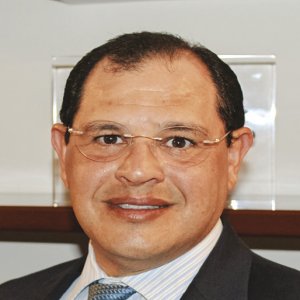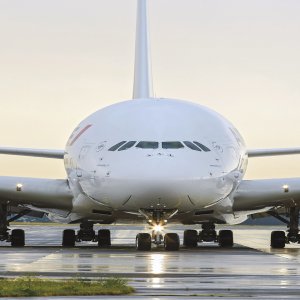Connectivity for the Business Traveler

STORY INLINE POST
Q: What are the main challenges for TAR Aerolíneas’ growth and how is the company addressing them?
A: In 2017, TAR Aerolíneas entered its fourth year of operations. We are at the stage where we need to plan all movements well in advance. Our goal is to double our fleet, which now comprises 10 aircraft, within the next five years. One of the challenges is finding pilots to fly these new aircraft. Our pace of growth is limited by a lack of pilots. Pilots from many existing schools in the country receive a rudimentary education and lack practice in the type of cabins we use, called glass cockpits. Before flying in one, a pilot must have at least 1,500 practice flight hours but graduates from pilot schools often have much less.
To solve this, we are developing a training center for pilots and flight attendants in conjunction with UNAQ, called TAR Aerolíneas Training Center (CATA). In the first half of 2017 we acquired DGAC’s certification to become a training center and we are now looking for more partners to train staff who could be integrated into TAR’s crew or other airlines. The common denominator for all partners will be the use of the Embraer ERJ 145. This training center will be ready by 2018. In partnership with UNAQ and the state government, we are also planning to bring flight simulators to Queretaro for training purposes.
Q: How has TAR Aerolíneas’ strategy changed to reflect market needs and ensure continued growth?
A: In 2016, a comprehensive analysis of our flight structure showed we could improve by aligning our routes to market needs. We now know with certainty the number of flights required for specific routes, allowing us to increase scheduling efficiency. For instance, we are now flying four times a day from Queretaro to Monterrey, three times to Guadalajara and three to Toluca, among many other routes. This facilitates same-day return trips.
In 2017, we acquired international permits and specifically received FAA approval to fly to the US in April, creating an opening for us to adapt to demand in Mexico. Just a month later, we flew our first international charter between San Diego and Queretaro.
We are also looking for new market opportunities. We work alongside the Government of Queretaro to promote the state and became an official sponsor of Queretaro’s Congress Center. This is an initiative from the state’s government to attract business events and we are aiding that effort.
Q: How has regional connectivity grown in Mexico and how will TAR Aerolíneas stand out amid increasing competition?
A: There is significant interest in Mexico for greater regional connectivity — from us, other airlines and governments — that will lead to the development of even more routes. We do not compete with national or international airlines, we complement their services. For instance, Queretaro allocates slots to Aeroméxico, Volaris, Viva Aerobus, United Airlines and American Airlines, from many national and international destinations.
We complement these airlines by transporting their passengers to locations within the Bajio region not covered by any other airline, which improves national connectivity. Eighty percent of the passengers on these routes are business travelers.
What differentiates TAR Aerolíneas is our aircraft. Our business model is different to airlines based in a specific location — Mexico City in most cases. The 50-seater ERJ 145 Embraer jets are best for hour-long trips so we use them to create circuits across the country. These circuits visit several cities before returning to the final airport, instead of the standard return flight airlines tend to offer. They are developed in close collaboration with Mexican airport groups and state governments that convey the region’s specific connectivity requirements. For instance, we have a base in Merida to address the needs of the Yucatan Peninsula. Even though our main offices are in Queretaro, only 25 percent of our airplane seats come to the state.
























